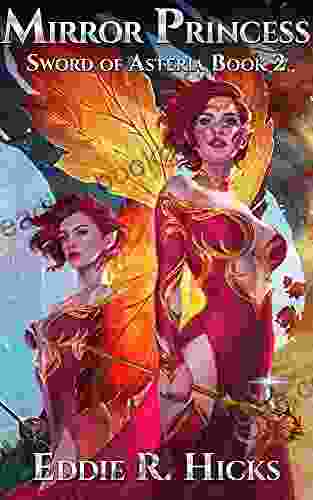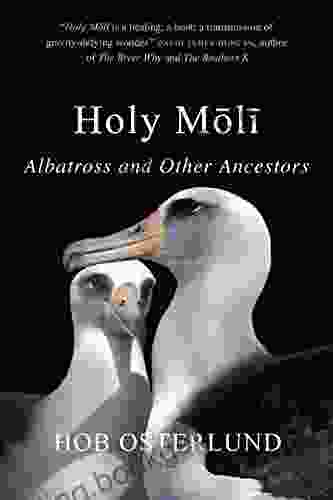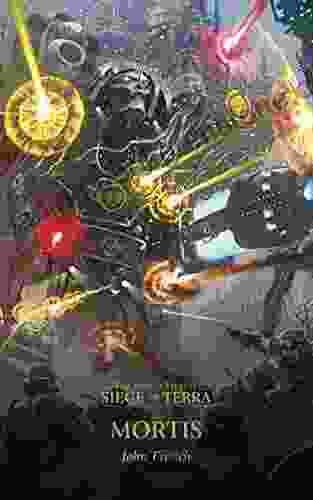The history of slavery in the United States is a complex and multifaceted one, often obscuring the experiences of enslaved individuals who did not fit neatly into either the category of "African" or "Native American." Black Indian slave narratives offer a unique and invaluable perspective on this history, providing a window into the lives and experiences of enslaved individuals who were descended from both African and Native American ancestors.
The Hidden Figure of Black Indian Slaves
Black Indian slaves were a significant but often overlooked population in the antebellum South. Scholars estimate that as many as one in five enslaved individuals in the American South had some degree of African and Native American ancestry. This mixed-race population was often marginalized within both African American and Native American communities, their experiences obscured by the prevailing racial categories of the time.
Voices from the Margins
Black Indian slave narratives provide a powerful counter-narrative to the dominant historical accounts of slavery. By giving voice to individuals who were typically excluded from historical records, these narratives shed light on the complexities of racial identity, the horrors of slavery, and the resilience of the human spirit.
One such narrative is that of Harriet Robinson, an enslaved woman born in 1851 to an African American father and a Native American mother. Robinson's narrative, published in 1882, recounts her experiences as a slave in Tennessee, Alabama, and Mississippi. Her story speaks to the brutality of slavery, the struggles of mixed-race individuals, and the importance of family and community.
The Construction of Racial Identity
Black Indian slave narratives also provide insights into the complex ways in which racial identity was constructed in the antebellum South. In a society where racial categorization was based on the "one-drop rule," Black Indian slaves often found themselves labeled as "black" despite their Native American heritage. This arbitrary classification had profound implications for their lives, affecting their social status, economic opportunities, and legal rights.
Resistance and Agency
Despite the horrors of slavery, Black Indian slaves found ways to resist their oppression and assert their agency. Some, like Samuel Johnson, a free Black man of Cherokee descent, fought for their freedom in court. Others, like Alice Fletcher, a mixed-race woman enslaved in Tennessee, used their knowledge of Native American traditions to negotiate for better treatment. And still others found solace and strength in their cultural heritage, passing down stories, songs, and traditions that celebrated their African and Native American ancestry.
The Legacy of Black Indian Slaves
The legacy of Black Indian slaves is a complex and enduring one. Their experiences as enslaved individuals of mixed ancestry shed light on the complexities of racial identity, the horrors of slavery, and the resilience of the human spirit. Their stories continue to inspire and inform our understanding of American history, challenging us to grapple with the complexities of race, identity, and the enduring struggle for freedom and equality.
Further Reading
- Harriet Robinson's Narrative of the Ex-Slave
- Samuel Johnson: The Cherokee Freedman
- Alice Fletcher, a free woman of color and daughter of a Cherokee father and a black slave mother


























































































































































































































































































































































































































































































































































































